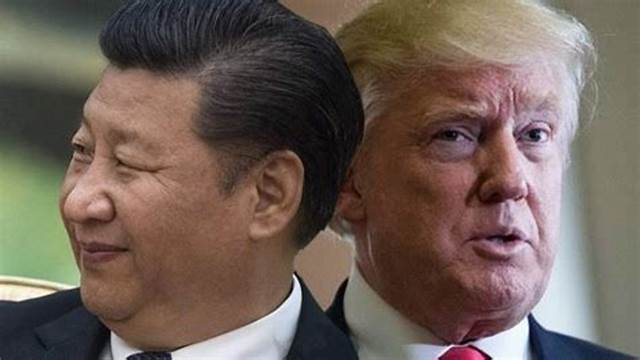Oil & Gas
OIL PRICES WAVER AS CHINA’S ECONOMIC SLOWDOWN WEIGHS ON DEMAND WHILE TRADE DEAL HOPES OFFER SUPPORT.
JUMA SULEIMAN

Geopolitical Tensions Driving Market Volatility
Geopolitical dynamics are intensifying with the U.S. Senate advancing the Sanctioning Russia Act of 2025, which proposes a sweeping 500% tariff on Russian-origin oil, gas, and uranium. If passed, this legislation could effectively ban Russian energy imports and penalize other nations such as China, India, and Turkey that continue trading with Moscow. The bill is designed to starve Russia’s war effort in Ukraine, but analysts warn it may trigger global energy price spikes, particularly in Europe, and provoke unpredictable retaliatory moves from Russia. The proposed sanctions are not only a hardline diplomatic tool but also a gamble that could impact international alliances and further entrench global energy fragmentation.
Business Adjustments Amid Shifting Supply and Demand
On the supply front, oil companies are adjusting their strategies amid overlapping shocks. OPEC+ announced a significant output hike for July and could further accelerate production in August and September, pressuring global prices and testing producers' ability to manage margins. Meanwhile, wildfires in Canada have curtailed output, and the U.S. rig count fell by nine last week, indicating caution among American producers. On the demand side, China’s May crude oil imports fell to a four-month low as domestic refiners undertook planned maintenance and exports weakened due to U.S. tariffs. These operational and logistical shifts underscore the energy sector’s response to complex cross-border market conditions and tighter trade environments.
Economic Sentiment Hangs on U.S.-China Developments
Markets are cautiously hopeful as the U.S. and China prepare for trade talks in London, which many believe could be a catalyst for stabilizing the global economic outlook. Brent and WTI crude prices held most of their recent gains, buoyed by investor expectations of a possible breakthrough. Analysts see a potential trade agreement as a key lever to boost industrial demand and global energy consumption, countering the current drag from China’s weak factory data and deflationary trends. However, uncertainty remains, especially with inflation concerns linked to geopolitical sanctions and the Federal Reserve's looming interest rate decisions. The interplay between diplomacy, economic indicators, and energy flows continues to shape the broader financial landscape.
